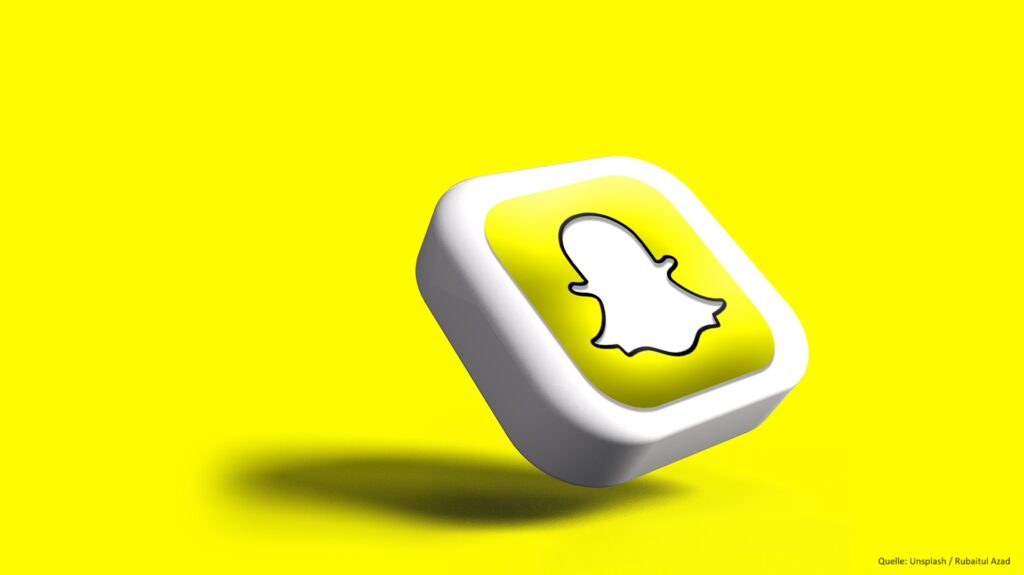Snapchat launched in September 2011 by Evan Spiegel, Bobby Murphy, and Reggie Brown, Snapchat has become one of the most innovative platforms in the social media space. Snapchat is known for its ephemeral nature. It offers a unique approach to online communication. By emphasizing immediacy creativity and privacy.

Snapchat’s evolution
Initially designed as a simple photo-sharing app, Snapchat became popular because of its features. “Disappearing Messages” Users can send photos or videos called “snaps” that disappear when viewed. The idea resonated with a younger audience looking for more personal, less polished interactions. Compared to the persistence of traditional social media posts.
Over the years, Snapchat has expanded its features. and developed into various platforms From Stories, which allow users to share content for up to 24 hours, to augmented reality (AR) filters, Snapchat continues to push technological boundaries. Features like Snap Map, Bitmoji integration, and Spotlight help increase the more attractive It offers a combination of location sharing. Personalization and entertainment
Snapchat’s key features
Instant Messaging: Essentially, Snapchat thrives on ephemeral content. This encourages users to share candid moments without worrying about their digital footprint.
Stories: Launched in 2013, Stories has revolutionized the way users share daily updates. Since then This feature has also been rolled out to other platforms such as Instagram and Facebook.
AR Lenses and Filters: Snapchat’s AR technology allows users to overlay creative effects on their snaps. From face filters to world-class glasses These tools set trends and inspire viral content.
Snap Map: This interactive map allows users to share their location with friends or explore public stories around the world. It creates a sense of global connection.
Spotlight: Launched to compete with TikTok, Spotlight is an engaging short video platform that gives creators the opportunity to gain exposure and monetize through viral content.
Impact on social media and communication
Snapchat’s emphasis on impermanence and authenticity has influenced the way people communicate online. Prioritizing fleeting interactions It takes the pressure off of curating the perfect post. and encourages users to focus on the real moment. The platform’s AR innovations are also redefining the way users engage with digital media. It seamlessly blends virtual and real world experiences.
Snapchat’s impact is also evident across demographics. With the majority of users between the ages of 13 and 24, the community has become a cultural hub for Gen Z, setting trends, languages and digital behaviors. Brands are also embracing Snapchat for its interactive advertising capabilities. Set goals By leveraging an engaging ad format and direct connection with young audiences.
The challenge of criticism
Despite its success, Snapchat has faced challenges, such as stiff competition from platforms like Instagram, TikTok, and YouTube. Its focus on a younger audience has also drawn scrutiny over privacy and security issues. The platform has also struggled with user growth and retention among the aging population.
The future of Snapchat
Snapchat continues to innovate. continuously It invests heavily in AR technology, AI-powered features, and manufacturer monetization. Expanding into hardware such as glasses (AR glasses) indicates a vision to integrate social media into the metaverse.
As the digital landscape continues to evolve, Snapchat’s commitment to creativity and user-focused design ensures it remains a key player in the ever-changing world of social media. Staying true to our core values of privacy, immediacy, and fun, Snapchat continues to redefine the way we connect and communicate.
This article provides an overview of Snapchat’s journey, features, and impact. Please let us know if you would like to explore additional details or specific points.
